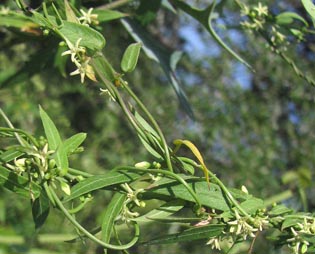Product Description
Scandinavian Modern / Art Deco Finnish Silver Presentation Bowl 1925


SUOMEN KULTASEPPÄ OY Turku, Finland
(FINNISH GOLDSMITH COMPANY, LTD.)
Silver bowl 1925
Hand wrought and repoussé silver with an overall scrolling leaf, blossom and vine motif, applied stylized open work silver handles
Marks: “TILL AIS och NILS WENER 19 [28-30/ IV] 26 ADI och ALLAN RÖNEHOLM,” maker’s mark (hammer with wings), government control mark (crown), 813 H (silver standard) U5 AT (date mark), city mark for Turku
H: 7 1/4″ x W: 13 1/2”
This Art Deco Finnish silver centerpiece was presented as a gift from Adi and Allan Röneholm to Ais and Nils Wener in 1926. By repute this piece was shown the year prior at the Paris 1925 exhibition.
Scandinavian Modern / Art Deco Finnish Silver Presentation Bowl 1925
PIERRE D’AVESN (1901-1984)
Vase c. 1920
Brown and gold glass, pressed in relief
Marks: Inscribed on base
For more information see: Pierre d’Avesn Catalogue raisonné, 1920 to 1930 (by Philippe Decelle)
H: 8 3/4″
HANS OFNER attr. (1880-1939) Austria
JOH. LÖTZ WITWE Klostermühle, Bohemia
Vase c. 1920
Handblown cobalt glass with undulating metallic chartreuse bands, four applied glass teardrops at the rim
For related examples by Ofner see: Innen Dekoration, “Lötz glass by Hans Ofner,” 1906.
For the identical glass technique see: Lötz: Böhmisches Glas 1880-1940, Vol. 1, Helmut Ricke and Ernst Ploil (Munich: Prestel-Verlag, 1989), p. 294, ill. no. 357.
H: 4 1/4″ x Dia: 4 1/4″
Price: $3,500
